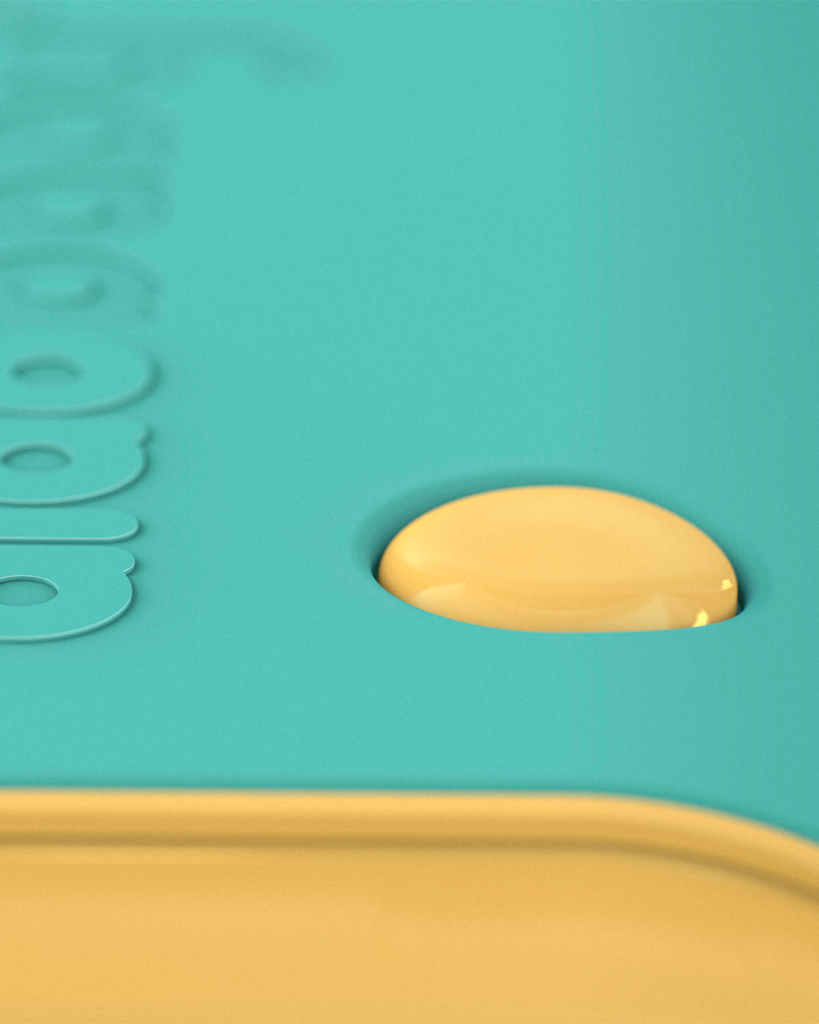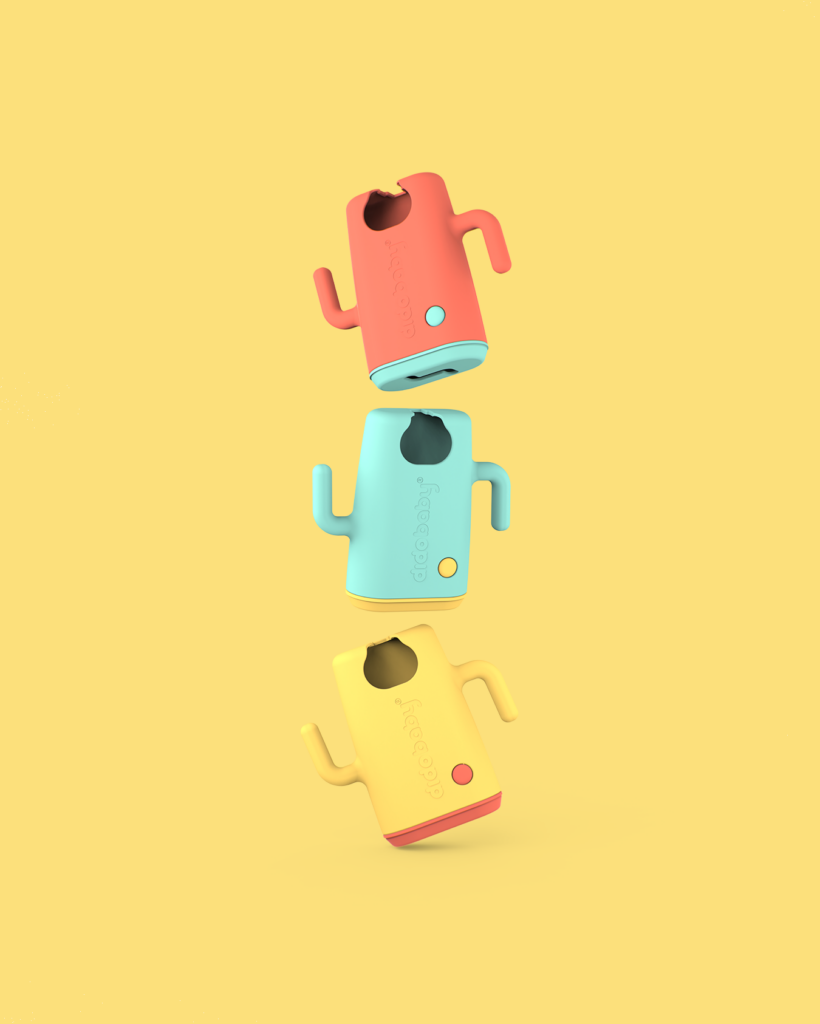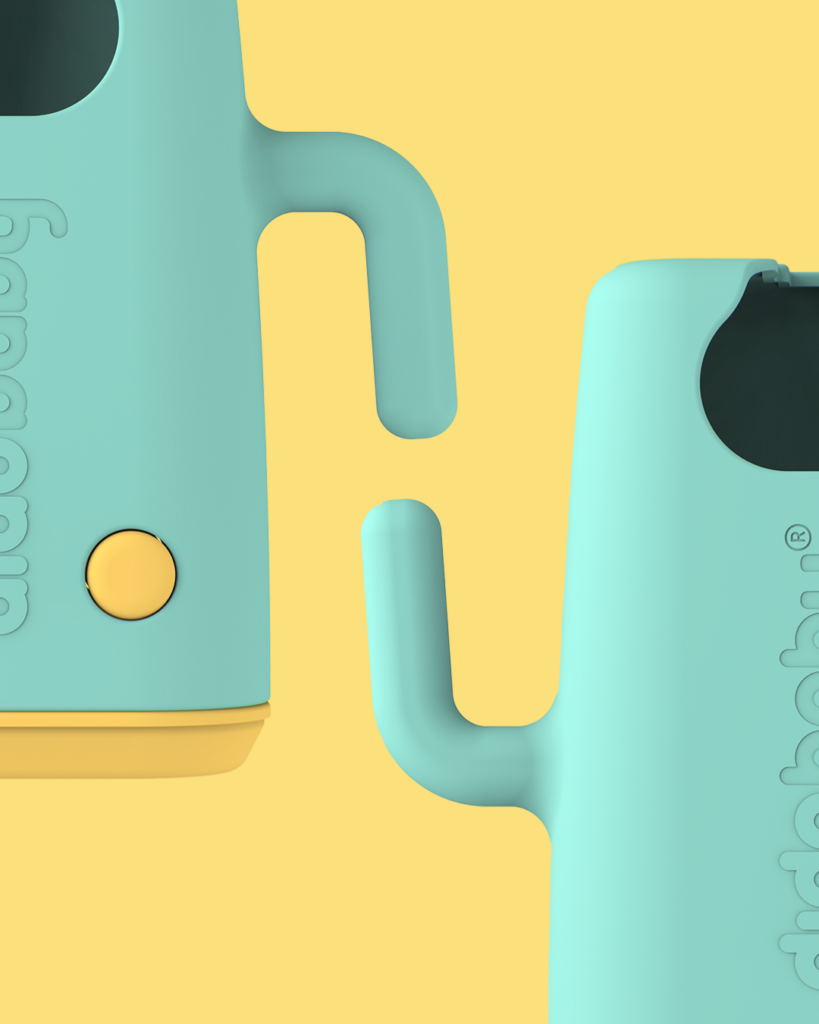In product design, every detail matters. From color to shape and textures, each element plays a fundamental role in the user experience and the perception of the product.
In this blog, we discuss how the psychology of color, shape, and textures influences product design and how they can be effectively utilized to create attractive and functional products.
The Psychology of Color in Product Design
Have you ever heard about color psychology? Color is one of the most powerful aspects in product design, as it has the ability to evoke emotions and convey messages.
It’s important to understand that colors can be grouped into three main categories: active, passive, and neutral colors.
- Active Colors: These include vibrant tones such as red, orange, and yellow. These colors often evoke intense emotions such as energy, enthusiasm, and joy. They are ideal for products aiming to capture attention and convey a sense of vitality.
- Passive Colors: These comprise softer shades such as blue, green, and violet. These colors tend to convey calmness, tranquility, and confidence. They are ideal for products aiming to generate a sense of relaxation and serenity.
- Neutral Colors: These include tones such as white, gray, and beige. These colors are versatile and commonly used as a background or complement to other colors. They convey a sense of neutrality and balance, making them ideal for products seeking a sophisticated and elegant appearance.
By understanding the psychology behind colors, designers can choose the appropriate palettes for their products, creating experiences that emotionally connect with users and align with design goals.



The Importance of Shape
The shape of a product also has a significant impact on its perception. Curved shapes can evoke softness and friendliness, while straight lines can communicate stability and order. Additionally, the shape can influence the ergonomics and usability of the product, ensuring that it is comfortable and easy to use for users. By carefully considering the shape of a product, designers can create products that are not only aesthetically pleasing but also functional and ergonomic.
The Role of Textures
Textures add another layer of depth to product design. They can convey tactile sensations and create a physical connection with the user. For example, a rough texture can evoke rusticity and authenticity, while a smooth texture can convey comfort, calm and tranquility. By incorporating textures into product design, designers can create sensory experiences that increase product appeal and utility.
The i-mas Influence on Product Design
At i-mas we design products that are not only functional, but also provide unparalleled sensory experiences, as is the case with didobaby.
didobaby was carefully designed according to the psychology of color, shape and textures to stimulate the development of the youngest members of the family.
Didobaby’s colours not only capture babies’ attention, but also encourage their curiosity and invite them to explore the world around them. Furthermore, its ergonomic design is one of its main features; its handles have been meticulously crafted to fit snugly into the baby’s hands, facilitating suction and ensuring a comfortable feeding experience.

But that’s not all; the soft texture of didobaby provides comfort and security, creating a positive sensory experience that facilitates the autonomous transition to food intake.
In short, at i-mas, we are very aware of the psychology of color, shape and textures in a strategic way for the design and development of products that meet the needs of users in an effective and comfortable way.
Do you have any project in mind? We look forward to meeting you!



